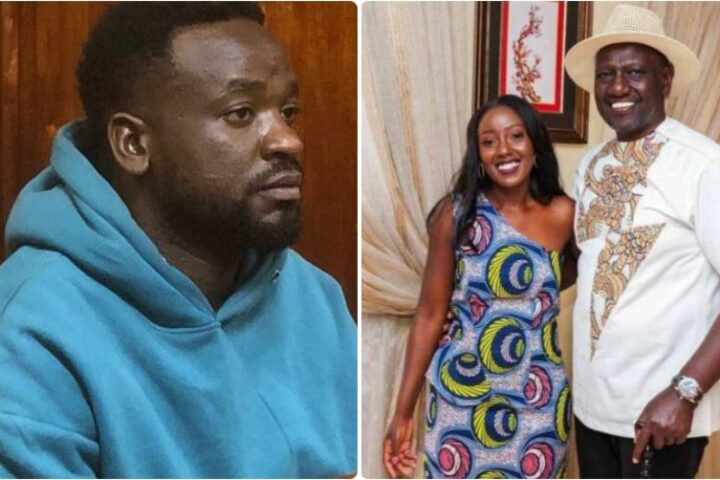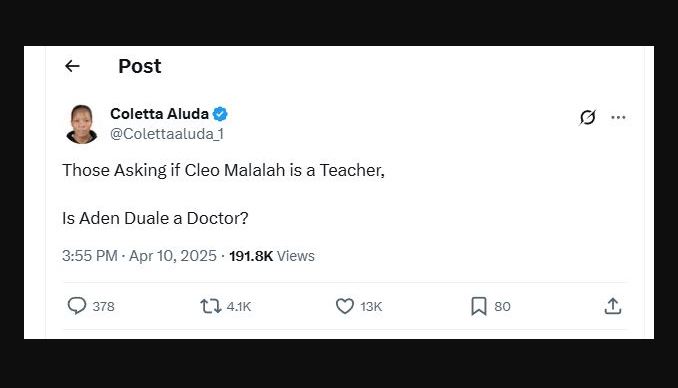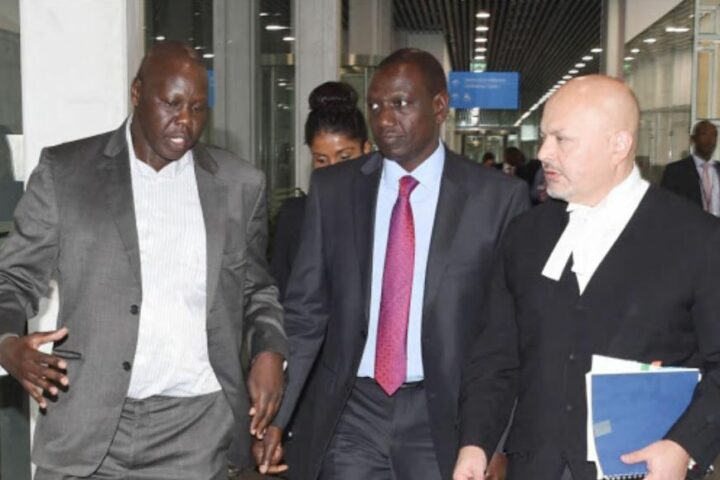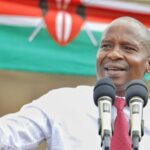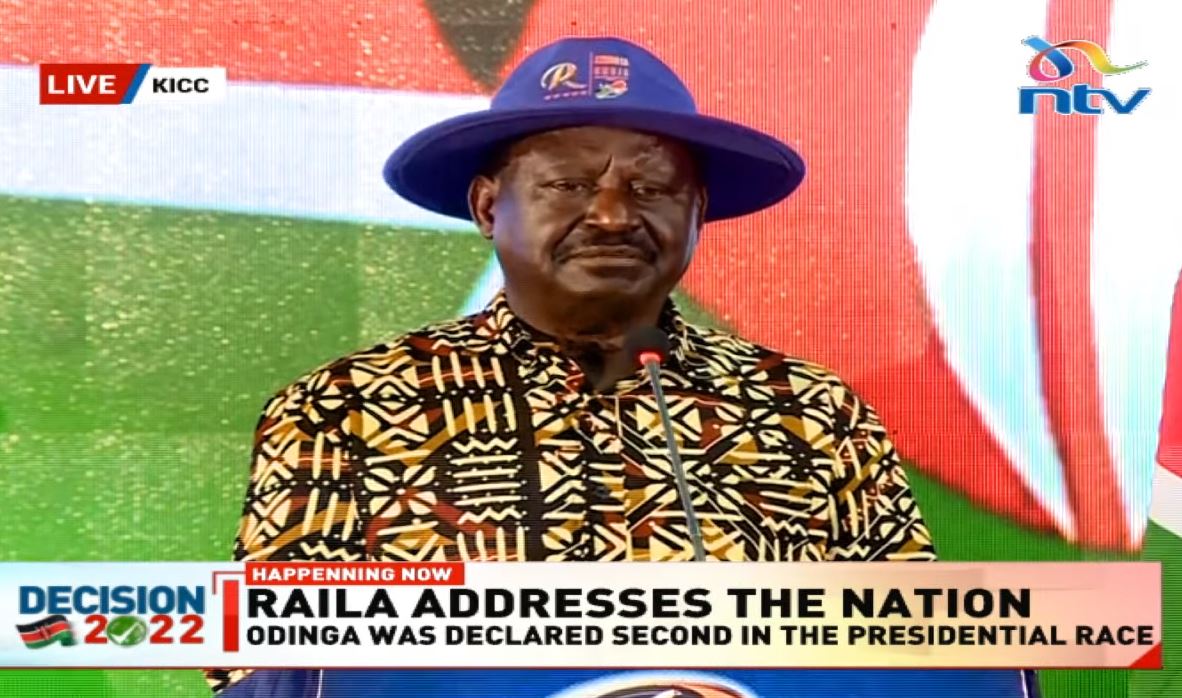 By Murang’a Governor Irung’u Kang’ata
By Murang’a Governor Irung’u Kang’ata
Azimio la Umoja One Kenya Alliance leader Raila Odinga has become predictable. He mobilises supporters towards a certain cause, runs for president, loses but finds his way in government.
In 1997, he made his first stab at the presidency and when he lost, made a post-coalition deal with Kanu that saw him join the government. In 2007, he also joined President Kibaki after protests and the post-election violence led to a negotiated coalition government.
The 2017 protests at IEBC also largely led to the Handshake between Odinga and President Kenyatta in what the two termed as a bid to unite the country, a quest that ended up dividing the country further after the duo isolated then Deputy President William Ruto.
After the August elections, the Azimio leader is at it again and has started mobilising for what started as demos but are now being termed as public dialogues. The first rally was held last week and the other was scheduled for Monday but has since been called off.
While the strategy has worked for Odinga in the past, the streets or rallies way will not work as a strategy of either joining government or compelling Ruto to the negotiating table.
Numbers
Infact, it may end up strengthening the president. This is why.
First, unlike Kibaki in 2007, Ruto has the numbers in all organs of government — from the National Assembly, Senate and COG — to push his agenda. UDA is the single party with the largest number of elected members of the National assembly, with 138 members. ANC has 7 seats, Ford Kenya 6. Other MPs from UDM have also joined Kenya Kwanza and more will be trooping. He does not need Raila to govern.
Ruto also built a broad-based coalition which has support across the country so the issue of forming an inclusive government does not arise. Kenya Kwanza was built on a hustler narrative not an ethnic one and it appealed to every ethnic group across the country.
Second, Raila has also lost the victim card which he has used effectively to mobilise the masses. He was a victim of the system, State or an IEBC controlled by the Executive. In 2022, he had the State and the system and if Cherera Four are anything to go by, he also had the majority of IEBC bosses on his side. So, what will be the spark that will keep his supporters on the streets or fired up in rallies? In 2017, it was an annulled election. This year, ataambia watu nini?
Third, the latest demos are also pegged on the wrong cause. Voters do not care about the fate of IEBC Four. You either mobilise on the basis of fear, hope or both. The IEBC cause inspires neither. The late change from IEBC to others has come too late.
Raila supporters
And that is where Ruto might swoon in and net Raila supporters who are tired of the victim card and see neither hope in the current Azimio strategy nor are they fearful enough since there is no hate figure or ideology. Elected leaders have sensed this and are trooping to Ruto either covertly or overtly. This is happening even in Raila’s support bases of Coast and Western.
Lastly, unlike Kibaki, who was apolitical or Uhuru, who became complacent in his last term, Ruto is energetic and available. The President has his ears and eyes on the political ground and is ready to put in the work required to govern, retain old allies or lure new ones. It will not be easy to run circles around Ruto.
Unlike Uhuru’s technocrats, Ruto Cabinet is also attuned to the political repercussions that some decisions have since most are former politicians. That turns them to good ambassadors of the President who can help sell his agenda, not just implement it. There are no divisions in Kenya Kwanza like the second term of Jubilee.
After more than two decades of using the same strategy, Raila now needs to try another strategy to deal with Ruto. The old ones will not work.
Courtesy/Sunday Nation


